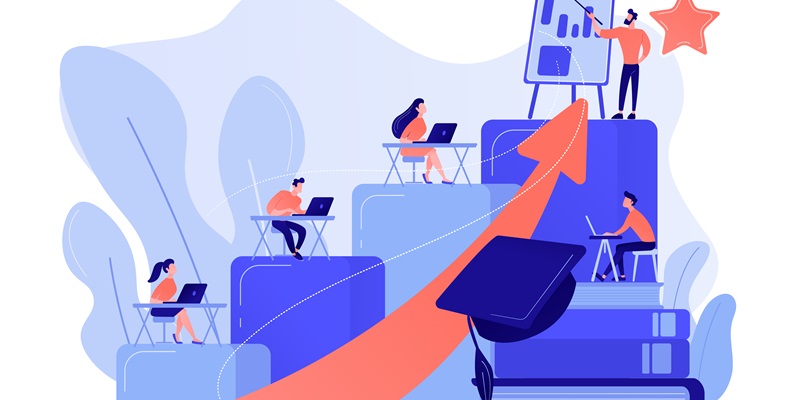The rapid pace of technological advancements and changing market dynamics have transformed the workplace, creating a chasm between the skills employees have and what employers need. Today’s organizations face a pressing need to bridge this skills gap to remain competitive and innovate. This comprehensive guide outlines strategic steps companies can take to identify and fill these skill gaps, ensuring their workforce remains adept and agile in a constantly evolving landscape.
Identifying the Existing Skill Gaps
The first step in overcoming the skill divide is to perform a thorough analysis to identify the gaps within your organization. This means evaluating the skills your employees currently possess versus the skills your business strategy requires for growth and innovation. Undertake a range of methods such as employee surveys, performance reviews, and an analysis of job roles to create a clear picture of the existing skills within your workforce. Recognize that this is not a one-time effort but a continuous process of assessment as the business and technological landscape will invariably continue to shift.
Once the gaps are identified, it involves quantifying them. Not all skill gaps are created equal, and understanding their depth and breadth is crucial to addressing them effectively. Some might be filled with short-term training, while others may require a complete strategic hiring initiative. By prioritizing these gaps, you can allocate resources more efficiently, targeting the most critical needs first to drive immediate and impactful business outcomes.
Crafting a Comprehensive Upskilling Strategy
After pinpointing the areas for improvement, the next step is to develop an upskilling strategy tailored to your organization’s unique needs. This should be an inclusive process that not only focuses on the tech-based skills but also integrates soft skills that complement the technological advancements, such as problem-solving and critical thinking. Incorporate a blend of learning methodologies, from online courses and workshops to peer-to-peer learning, to cater to different learning preferences and roles within the company.
Implementing an upskilling program requires commitment from all levels of the organization, particularly from leadership. Leaders should drive a culture of continuous learning and provide the necessary support for their teams to grow. Metrics should be put in place to track the progress of upskilling efforts, aligning them with key performance indicators and business goals. As employees grow their skillsets, organizations will witness improved agility and better preparedness to face future challenges head-on.
Leveraging Hiring to Close the Gap
While upskilling current employees is essential, some skills gaps may be so significant that they require bringing in new talent. Organizations should look at hiring as a strategic tool to close the gap quickly. Align recruitment efforts with the identified skills deficiencies, looking for candidates who not only fill the current void but also bring a potential for long-term growth and adaptability.
Strategic hiring goes beyond filling immediate openings. It’s about building a pipeline of talent that will drive the business forward. Partnering with educational institutions can inform curriculum development and help produce graduates with the most in-demand skills. Additionally, facilitating internship and apprenticeship programs can give potential employees the experience they need while allowing the company to evaluate their fit within the organization.
Closing the skills gap is not just about confronting a current need but also about future-proofing the organization. By doing so, companies create a workforce that is resilient and ready to meet whatever new technological or market challenges may arise.
By taking a comprehensive approach to bridge the skills gap—through identification, upskilling, and strategic hiring—organizations can create a culture that values skill development and continuous learning. In doing so, they not only address current skills shortages but also lay the groundwork for the future, ensuring continued growth and success in an ever-changing business landscape.

